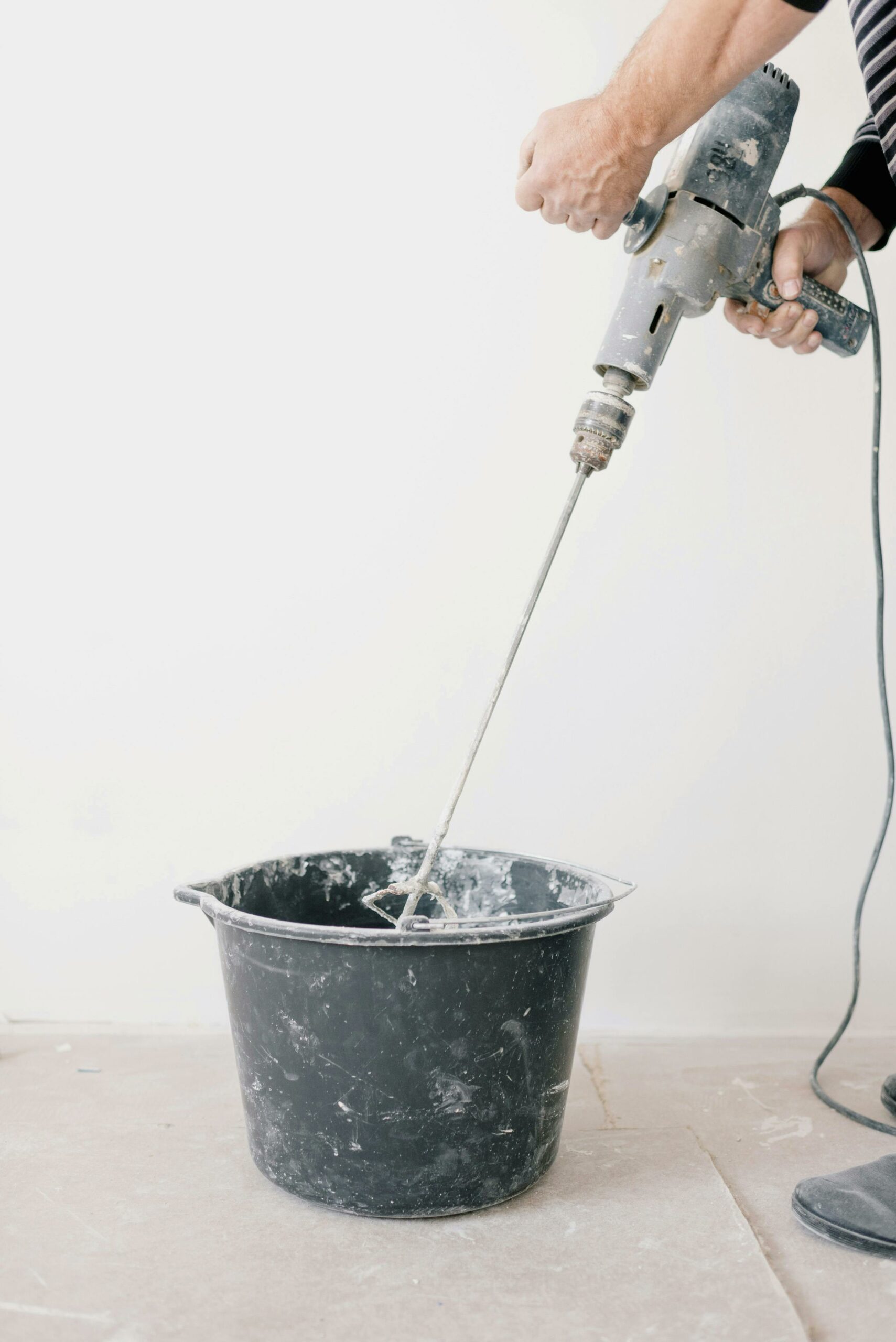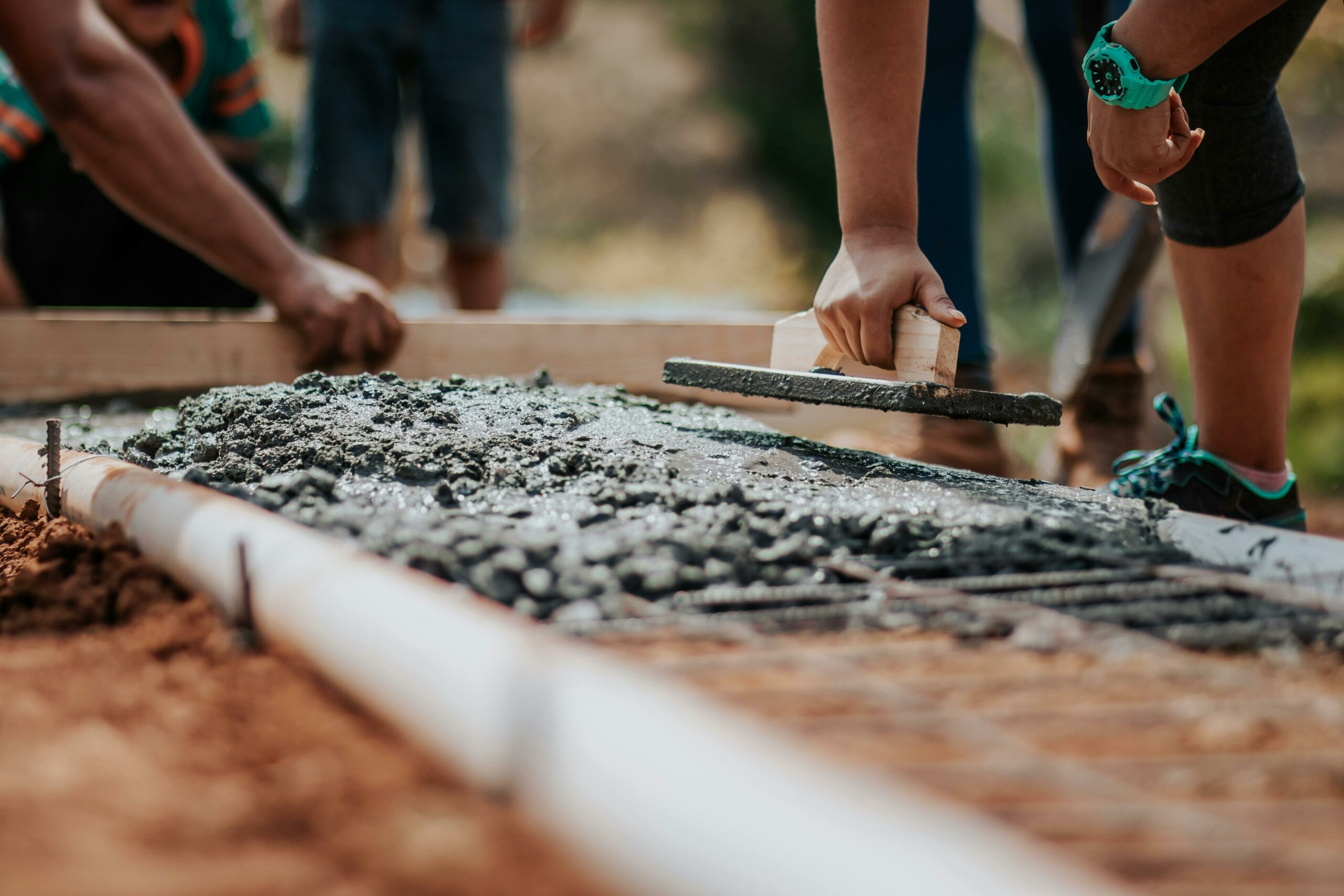Avoiding Common Mistakes When Pouring Concrete: A Guide for DIY Enthusiasts

Pouring concrete is a critical task in many DIY projects, from creating sturdy pathways to constructing durable floors. However, even seasoned DIYers can make errors that compromise the integrity and longevity of their concrete work. Here’s a comprehensive guide to avoiding the most common mistakes when pouring concrete, ensuring your project is successful and lasts for years.
1. Incorrect Water Ratio
One of the most frequent mistakes is adding too much or too little water to the concrete mix. Properly mixed concrete should form a 10cm diameter, 10cm tall pile. Too wet, and the concrete weakens; too dry, and it fails to cure properly.
2. Insufficient Thickness
Concrete must be at least four inches thick for most applications, such as shed floors or patios. For areas that will bear heavy loads, like driveways, aim for at least six inches.
3. Relying Solely on Mesh Reinforcement
Standard welded wire mesh won’t prevent cracking but will hold cracked pieces together. Use reinforcing rods laid in a grid pattern and consider adding reinforcing fibers to the mix for enhanced strength.

4. Using Old Cement
Cement is perishable. Avoid using cement that’s more than a year old or has hard lumps, as its ability to harden is compromised.
5. Failure to Use Reinforcing Fibers
Concrete fibers, although often overlooked, significantly improve strength and crack resistance. Add 475ml of fibers to each mixing drum for best results.
6. Trowelling Errors
Timing is crucial when trowelling concrete. Too early, and surface water will weaken the concrete; too late, and it’s too hard to smooth. Wait until the surface water evaporates but while the concrete is still workable.
7. Concrete-to-Skin Contact
Wet concrete is highly alkaline and can cause skin injuries. Use tools to handle wet concrete and wear gloves to protect your hands.
8. Weak Concrete Mix
Mixing your own concrete can save money, but don’t skimp on the recipe. Use one part cement, two parts sand, and three parts crushed stone. Avoid using more stone than recommended, as it can make the mix hard to trowel.
9. Pouring in Extreme Weather
Concrete pouring should be avoided in extremely hot or cold weather. High temperatures can cause rapid drying and cracking, while cold temperatures can prevent proper curing.
10. Ignoring Control Joints
Control joints help prevent random cracking by allowing controlled cracks at predetermined locations. Cut joints at least one-third the depth of the slab, spaced every 3 meters.
11. Poor Site Preparation
A well-prepared site is crucial. Ensure the ground is level, compacted, and free of debris. Use a gravel base to improve drainage and stability.
12. Neglecting Curing Process
Proper curing is vital for concrete strength. Keep the concrete moist for at least a week after pouring by covering it with a plastic sheet or using a curing compound.
By steering clear of these common pitfalls, you can ensure your concrete projects are both durable and visually appealing. Taking the time to mix correctly, prepare your site, and follow proper techniques will pay off with results you can be proud of.

Comments
Add comment